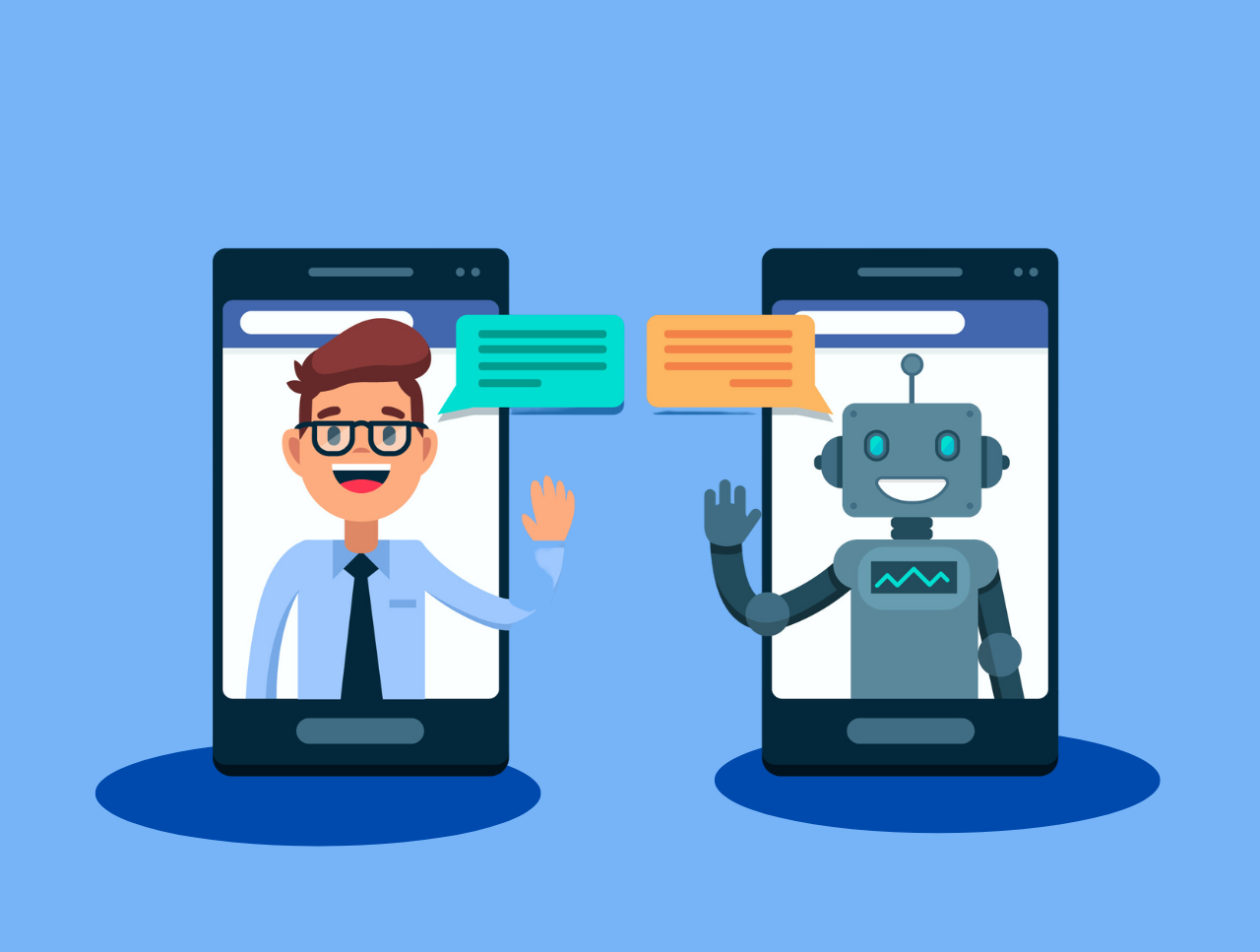In today’s fast-paced digital landscape, customer engagement has become a cornerstone of business success. As companies seek innovative ways to connect with their audiences, AI chatbots have emerged as powerful tools for enhancing interaction, providing instant support, and delivering personalized experiences. However, the effectiveness of chatbots depends not only on their technical capabilities but also on how they are integrated into a comprehensive engagement strategy. This guide explores the best practices and strategies for boosting engagement with AI chatbots, making them an invaluable asset in your customer interaction toolkit.
The Rise of AI Chatbots
AI chatbots have evolved significantly, moving beyond simple, scripted responses to becoming sophisticated conversational agents. Leveraging natural language processing (NLP) and machine learning (ML), these chatbots can understand and generate human-like responses, learn from interactions, and provide tailored experiences. Companies like Nuclay Solutions are at the forefront of this technology, offering advanced chatbot solutions that cater to a variety of industries and use cases.
Understanding Engagement in the Context of Chatbots
Before diving into the strategies, it’s essential to understand what engagement means in the context of AI chatbots. Engagement refers to the level of interaction and connection that users have with the chatbot. High engagement typically indicates that users find the chatbot helpful, intuitive, and enjoyable to interact with. Key metrics to measure engagement include session duration, conversation depth, user satisfaction, and repeat usage.
Strategies for Boosting Engagement with AI Chatbots
1. Personalization
Personalization is a critical factor in enhancing user engagement. By tailoring interactions based on user data and preferences, chatbots can create a more relevant and enjoyable experience. For instance, Indian e-commerce giant Flipkart uses an AI chatbot named “Flipkart Assistant” to provide personalized shopping experiences. The chatbot suggests products based on users’ browsing history and preferences, enhancing engagement and boosting sales. Utilizing data analytics to gather insights into user behavior allows chatbots to offer real-time personalized responses, significantly improving user satisfaction.
2. Natural Language Understanding (NLU)
For chatbots to engage effectively, they must understand the nuances of human language, including slang, idioms, and varying sentence structures. Advanced NLU capabilities enable chatbots to comprehend user intent accurately, even when questions are phrased differently. A prime example is HDFC Bank’s AI chatbot “Eva,” which has been trained with extensive NLU capabilities. Eva can understand and respond to complex banking queries, offering customers a seamless and intuitive experience. Regular updates to the chatbot’s language model, including new terms and expressions, help maintain its relevance and effectiveness.
3. Conversational Design
The design of the conversation itself plays a crucial role in engagement. A well-designed chatbot guides users smoothly through the interaction, provides clear options, and uses a friendly, approachable tone. Zomato, a popular food delivery service in India, uses a chatbot that not only helps users place orders but also engages them with witty and relatable conversations, enhancing the overall user experience. Incorporating elements like humor, empathy, and enthusiasm can make interactions more enjoyable and memorable for users.
4. Proactive Engagement
Proactively reaching out to users can significantly boost engagement. This can include sending personalized greetings, offering assistance, or providing updates on relevant topics. ICICI Bank’s chatbot “iPal” exemplifies proactive engagement by offering assistance with transactions and providing timely reminders about bill payments and other financial activities. This proactive approach makes the chatbot feel more interactive and attentive, thereby increasing user engagement. Implementing trigger-based messages based on user behavior can also re-engage users who may have been inactive for a while.
5. Omnichannel Integration
To maximize engagement, ensure that your chatbot is available across multiple channels, including websites, social media, messaging apps, and mobile apps. An omnichannel approach allows users to interact with the chatbot on their preferred platform, creating a seamless experience. Tata Consultancy Services (TCS) developed a chatbot that integrates across various platforms, including WhatsApp, web, and mobile apps, providing comprehensive support and information to its clients. A unified backend system that synchronizes conversations across different channels ensures continuity in user experience.
6. Feedback Mechanism
Incorporating a feedback mechanism allows users to rate their experience and provide suggestions. This not only helps in measuring engagement but also provides insights into areas that need improvement. Cleartrip, a travel booking company, includes a feedback feature in its chatbot, allowing users to rate their interaction. This data is crucial for continuously improving the chatbot’s performance and user satisfaction. Simple and quick feedback options, such as thumbs up/down or star ratings, can encourage users to share their experiences.
7. Continuous Learning and Improvement
An engaging chatbot is one that evolves over time. By continuously learning from interactions and incorporating user feedback, chatbots can improve their responses and stay relevant. Reliance Jio’s chatbot “Jio Assistant” exemplifies this by continuously updating its knowledge base to handle new queries and provide accurate information, ensuring that users always have access to the latest information and services. Regularly analyzing conversation logs to identify common issues and areas for enhancement can lead to significant improvements in user experience.
8. Human Handoff
Despite advancements in AI, there are times when a human touch is necessary. Seamless handoff to a human agent can prevent user frustration and ensure that complex issues are handled appropriately. MakeMyTrip’s chatbot efficiently handles initial queries and, when necessary, smoothly transitions the conversation to a human customer service representative to resolve more complex travel-related issues. Clearly defining scenarios where human intervention is needed and ensuring a smooth transition process are essential for maintaining user trust and satisfaction.
The Future of AI Chatbot Engagement
As AI technology continues to evolve, the potential for enhancing chatbot engagement will expand. Future advancements may include more sophisticated emotional recognition, voice integration, and the ability to understand and respond to complex queries with even greater accuracy. Companies like Nuclay Solutions are poised to leverage these innovations, providing cutting-edge chatbot solutions that meet the ever-changing needs of businesses and consumers.
Boosting engagement with AI chatbots requires a comprehensive strategy that combines advanced technology with thoughtful design and user-centric practices. By focusing on personalization,natural language understanding, conversational design, proactive engagement, omnichannel integration, feedback mechanisms, continuous learning, and seamless human handoff, businesses can create chatbots that not only meet but exceed user expectations.
At Nuclay Solutions, we specialize in developing AI chatbot solutions that are not only technologically advanced but also deeply engaging. Our team of experts is dedicated to helping businesses harness the full potential of AI chatbots, delivering personalized, efficient, and delightful experiences to users. Explore our offerings and discover how we can help you enhance engagement and drive success with AI chatbots.



